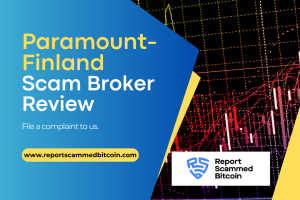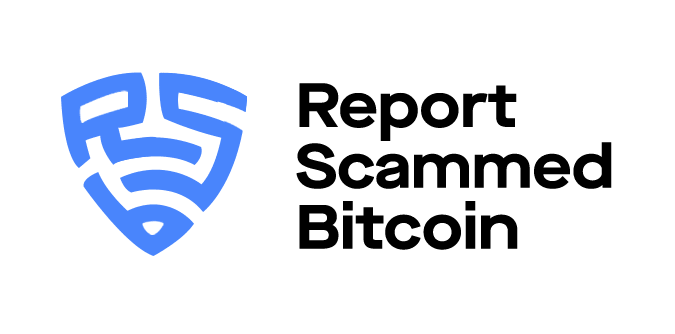Google is the largest search engine in the world, and whenever we need any information, we search for it on Google. Of course, we all know that Google is continuously checking spam and scam websites so their site cannot promote to a visitor. But remember, technology has flaws and tech-savvy scammers always take those flaws to execute their plans.
When you submit a website Google or any advertisement is submitted to Google to show in the search result, Google continuously checks it thoroughly for any scam or fraud. Whenever Google finds it risky, it bans the ad or website. But, sometimes, scammers are so professional that they can skip the test.
This story is about a person looking for a driving school on Google and getting scammed.
Richard wanted to learn to drive, and like the other people, he was looking for the best driving school online. He searched and found several website links in the search results. Like other people, he relied on the first link in the search results as he thought it could not be a phony website.
But Richard was wrong. Richard was taken advantage of by a phony driving school. Richard lost money while getting ready for his driving test because he fell victim to an online fraud on a convincingly made bogus website.
Usually, people like Richard nowadays are smart and think that they know how to identify a fake service, but mistakes happen. Richard did the same thing.
He was not worried about the risk of getting scammed online before coming on the fake website because he considered himself somewhat IT competent. Richard, however, was surprised when he committed to several courses with a driving lessons provider. He conducted a Google search and immediately clicked on the first link, believing it to be the genuine, official website for scheduling driving lessons.
When Richard entered the website, the attractive deals and sliding images grabbed his eyes and attention. But he was reading the testimonials and watched real-life recorded videos of driving lessons, client reviews, and course lessons. He did not suspect that these lessons could be phony or professional actors could make the videos.
After watching everything and getting convinced by the presentation, Richard decided to sign up and pay for the driving lessons. So, he submitted his card information and made the payment. After making the payment, Richard was waiting for the confirmation email with all the details. He was so excited to sit behind the driving wheel.
When Richard didn’t receive an email confirming that the site had processed the money, he began to feel something wasn’t right. He initially thought the offer was for $40, but when he checked his account online, he realized they had deducted $400 from it instead of $40. So he went back to the website to investigate if there might be a problem and found several items that sounded strange:
The HTTPS security icon (the ‘s’) was absent.
There were no contact details on the website, and the domain name didn’t look right.
We all make these mistakes and notice these after getting scammed. But, the first thing you should check is these things. Yes, scam websites can indeed have HTTPS, but if a company doesn’t publish its contact details, that is a scam. Because actual companies always show their contacts so that their clients can have trust.
But the money was already gone, and Richard decided to revoke the card he had used for the purchase once he overcame his initial astonishment and contacted his bank. But, unfortunately, he knew he had made the payment personally by entering his card information. Thus there was nothing he could do to request a refund.
This flaw is the point where scammers always think ahead of a victim. They know if a person likes their website, they will make the payment willingly, and there is nothing to do from the bank’s side. Richard’s bank also did the same. They strictly informed Richard that they could do nothing for him as he personally and willingly made the payment.
File A Complaint Against Scam Broker's
It is not about the $85 Richard lost. It is all about trust. But Richard decided not to let the scammer go without paying the cost. He was looking for services to disclose the scam and arrest the company. Luckily he found Report Scammed Bitcoin.
His journey started with submitting just a report. Then the team from RSB contacted him and provided him with a free consultation on how to get the money back and reveal the scammer. They first informed Richard that the website had already been listed in the scammer list before Richard fell into the trap. In addition, several victims have already reported about the company.
Richard might have saved himself if he had found RSB’s list early enough. RSB has several indexes, including a forex scammer list, a cryptocurrency scammer list, unauthorized brokers by FCA, and an HYIP blacklist. After that, they suggested some third-party services that could trace the payment, catch the scammer, or recover stolen funds. Richard was thinking, can his little $85 be recovered? He finally gets his money back, and LEA arrests the scammer.

Is Paramount-Finland.com Legit or A Scam Broker?
No, Paramount-Finland is not a legitimate broker, and there are several red flags to be aware of that indicate this. Here’s a closer look at

Is Shearings-Agency.com Legit or A Scam Broker?
There are strong indications that Shearings-Agency is a scam broker. Here are some red flags to be aware of: Unclear Business Model: Information about Shearings-Agency’s

Is MTCSFCoins.com Legit or A Scam Broker?
MTCSFCoins is a scam broker. Here’s why you should avoid them: Unrealistic Profit Guarantees: MTCSFCoins likely promises high returns with little risk. This is a


